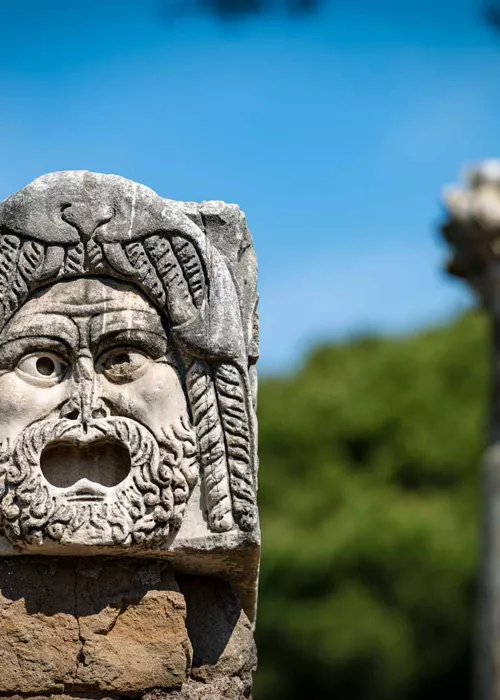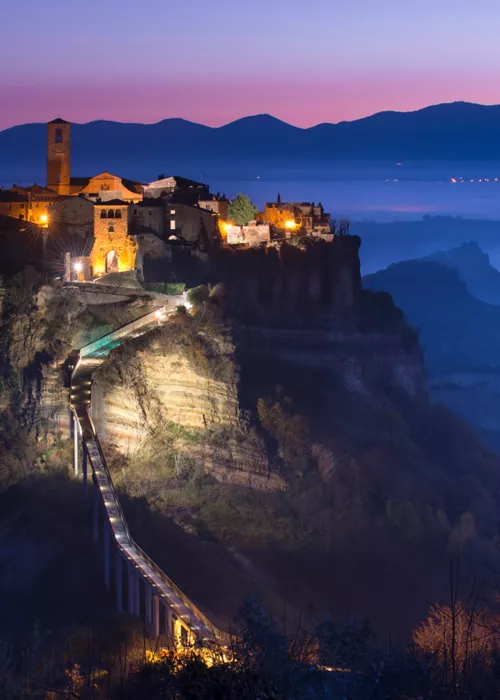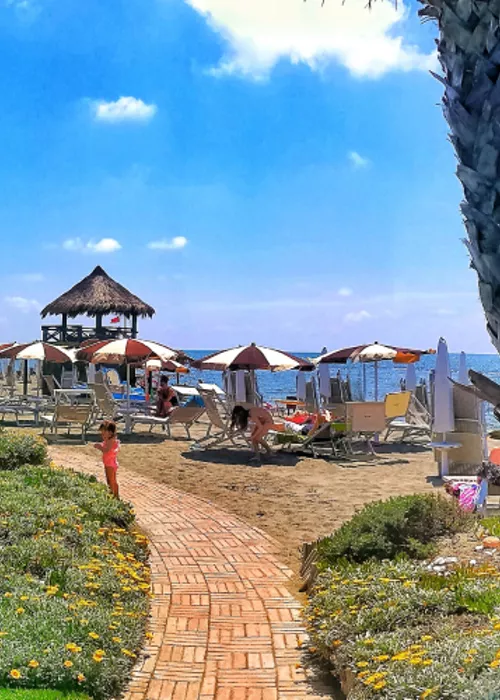Villa Ada Savoia is a wonderful city park in Rome, one of the largest in the city. Located in the northern part of the city, in the Parioli district, it is accessible from the entrances on Via Salaria, Ponte Salario, Via di Monte Antenne and Via Panama.
Officially opened to the public since 1958, in its 160 hectares, it preserves numerous neoclassical and eclectic buildings, such as the Temple of Flora, Villa Polissena, the Royal Stables, the Swiss Chalet and the Gothic Tower.
Created according to the dictates of the traditional English garden, it is characterised by holm oak forests, cork oaks, pine forests and meadows.
Known above all as the Savoy residence who owned it from 1872 to 1878 and from 1904 to 1946, the unification of the properties that led to the birth of the park is due, instead, to Prince Luigi Pallavicini at the end of the eighties. With the transfer of the capital to Rome, the Savoy family transformed it into a suburban residence and expanded its borders by acquiring new land.
The uniqueness of the Villa, in addition to its extension and floral-faunistic wealth, lies in the fact that the various changes of ownership have enriched it, over time, withnumerous as well as heterogeneous buildings,including the Casale called La Finanziera, current headquarters of the WWF, the Barn, used as a horse riding centre, the Casale delle Cavalle Madri, the Royal Stables, the Royal Villa, the Pallavicini Casino, the Temple of Flora and numerous other buildings, with also residential functions, today owned by the State Property, by private individuals and by the Municipality.
In 1878, the villa was sold to the Swiss-born Count Tellfner, before returning to the ownership of the Savoy family in 1904. Between 1941-42, a circular air-raid bunker was built to house the king and his family.
With the fall of the monarchy in 1946, the part of the Villa owned by the Royal Household became public property and, only in 1957 when it became part of the villas belonging to the Municipality of Rome, did it become freely accessible.
The careful restoration, the vastness of the area and the extremely central location make it an ideal place for nature walks and jogging. The lush vegetation, characterised by extensive patches of pine, holm oak, laurel and chestnut trees, offers the opportunity to admire the many species of fauna that have found their rightful habitat in this park.



























